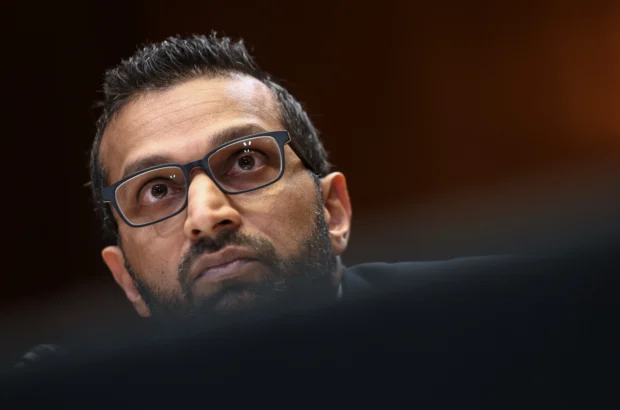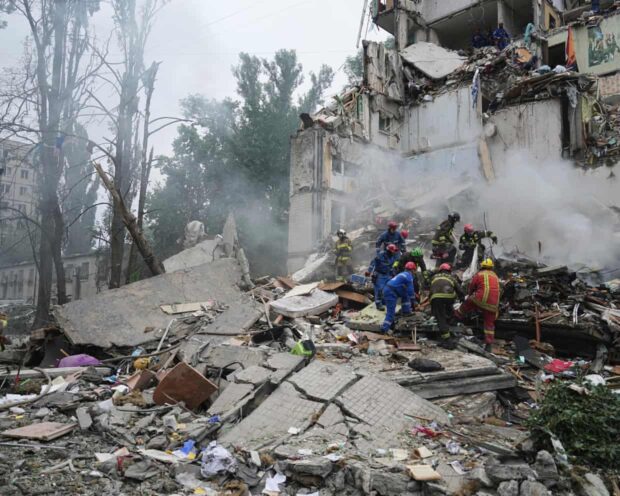
On June 22, American warplanes entered Iranian airspace and dropped 14 bombs following Israeli military action that resulted in 600 Iranian casualties. US President Donald Trump, accompanied by his vice president and two secretaries, announced that “Iran, the bully of the Middle East, must now make peace.”
The attack occurred during Israel’s 12-day military operation against Iran. Western media coverage during this period focused primarily on Israelis in bunkers rather than Iranian civilian casualties, including children affected by the conflict.
This pattern extends to Gaza coverage over the past 20 months. Official counts report over 55,000 deaths, with some estimates suggesting higher numbers. Most hospitals and schools in Gaza have been damaged or destroyed during the conflict.
Human rights organizations Amnesty International and Human Rights Watch have declared Israel’s actions constitute genocide, though most Western media outlets avoid using this term or add qualifications when it appears.
A recent study revealed BBC coverage gave Israeli deaths 33 times more attention per fatality than Palestinian deaths, despite Palestinians dying at a rate of 34 to 1 compared with Israelis.
Media coverage of Iran consistently uses specific terminology, referring to it as a “regime” rather than a nation and emphasizing its “Islamic” character. Iran does not possess nuclear weapons, unlike Israel and the United States, yet is frequently portrayed as an existential threat.
For three decades, American media has reported Iran as being “weeks away” from developing nuclear weapons, though these predictions have not materialized.
American public opinion shows limited support for military involvement. Following Israel’s attack on Iran, only 16 percent of US respondents supported American participation in the conflict. After Trump’s airstrikes, 36 percent supported the action and 32 percent backed continued bombardment.
This resistance to military action appears connected to previous conflicts in Afghanistan and Iraq, which resulted in significant casualties and financial costs. Americans face domestic challenges including homelessness affecting 700,000 people, over 40 million living in poverty, and 27 million without health insurance, while defense spending remains the world’s highest.
The ongoing Gaza conflict has been broadcast extensively on digital platforms, allowing Americans to witness events directly rather than relying solely on traditional media narratives.
Trump responded to public sentiment on June 24 by announcing a ceasefire and telling Israel to “DO NOT DROP THOSE BOMBS” after continued attacks on Iran.
The situation reflects broader questions about media coverage, public consent for military action, and the definition of peace in international relations. While officials present military actions as peacekeeping measures, public opinion suggests growing skepticism toward military interventions presented as necessary for stability.
Digital media has enabled direct access to conflict footage, potentially changing how the public perceives distant wars compared to previous decades when information was primarily filtered through traditional news sources.












Be the first to leave a comment